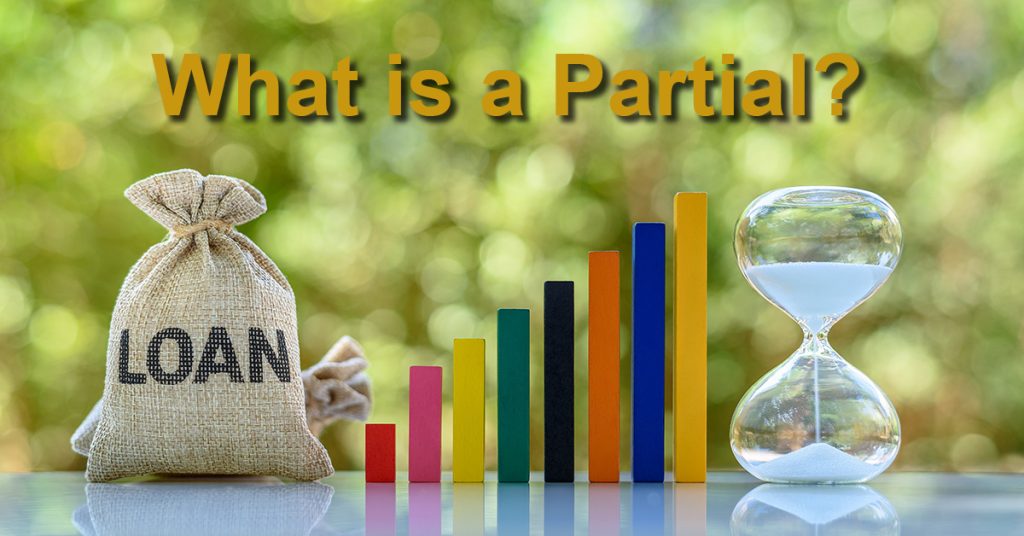A partial purchase is a method of meeting a note seller’s immediate capital needs by purchasing a portion of a note or a portion of a note’s future income stream. It can structured as a purchase of a few year’s payments, a portion of a specific number of payment or any combination of the two. Many holders of owner financed mortgage notes enjoy the above average investment returns and would rather not sell. Emergencies, however, sometime dictate that at least a portion of the note must be sold to meet the holder’s pending cash needs. In other circumstances, a note buyer (investment company) may not feel totally comfortable purchasing 100% of a note. This can occur when the note is not “seasoned” or when the owner did not get a large down payment. In such cases, the note buyer may offer to purchase only a percentage of the note to reduce its risk in the event of a default. An example of such a transaction follows.
- Sales Price: $200,000. Down Payment $5,000
- Original Note Balance $195,000
- Payor has poor credit and the note is seasoned for only 2 months.
- The appraised value of the property is $190,000 and the original note term is 20 years (240 months) with 238 months remaining
- Interest rate is 8%.
- Monthly Payment of $1631.06
The note seller is happy collecting his monthly payment of $1,631.06 per month and would rather not sell the note. He needs, however, $20,000 for a past tax bill in a hurry and feels he is forced to sell the entire note. The note buyer is not comfortable with purchasing the note due to the small down payment, questionable credit of the home owner, and lack of seasoning. The buyer does agree to the following however to provide the note seller with the $20,000 in cash needed to pay the I.R.S. The note buyer will…
- Purchase fourteen (14) future payments ($22,834.84)
- Interest to the buyer will charge: 18%
- Immediate cash to the seller for the right to collect the next 14 payments: $20,458.98
In partial purchases, the note buyer will give the seller of the note a quote based on the number of payments to be sold at the note buyer’s investment rate of interest to meet the immediate cash needs of the seller. After the note buyer collects the the payments, the note reverts back to the note seller who now retains the balance of payments and the balance of the note.
In many instances, note holders are unaware that they may simply sell a portion of the note or a defined number of monthly payments. When note sellers are completing a quote sheet, it is best to let the note investing firm know exactly why the note is being liquidated and what the immediate cash needs. Many times sellers are only looking for a small amount of cash to satisfy a current obligation such as paying down credit cards or meeting a medical obligation. From the seller’s standpoint, electing the partial option is much preferred over selling an entire investment note since once the note buyer (investor) collects on the agreed upon number of payments which were purchased, the entire balance of the note reverts back to the original seller who will again begin to enjoy the monthly income such notes can provide.
